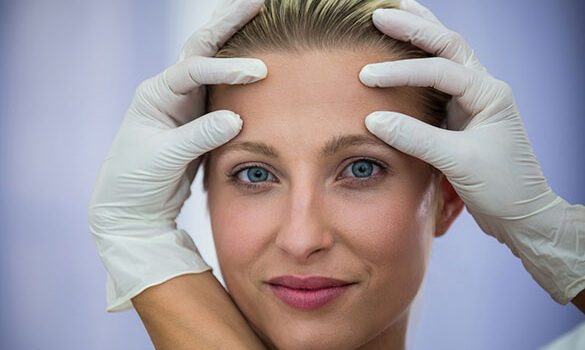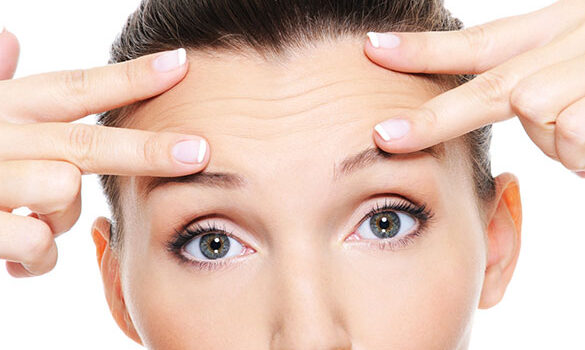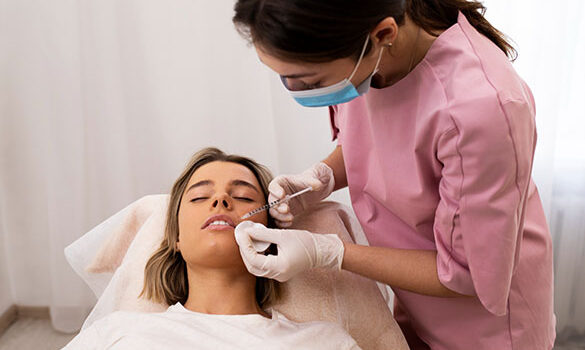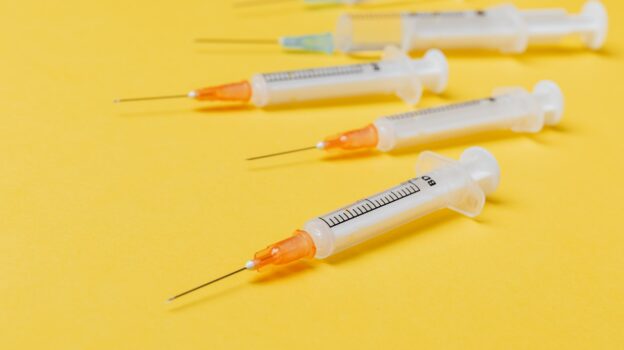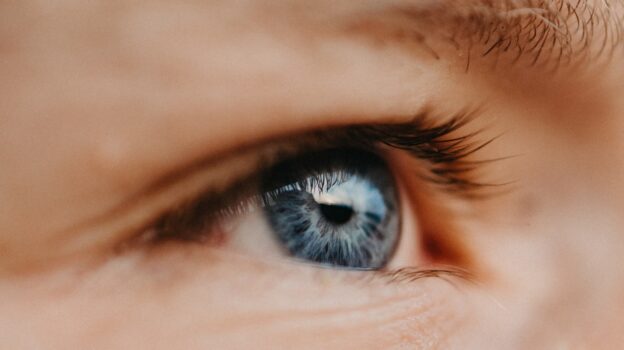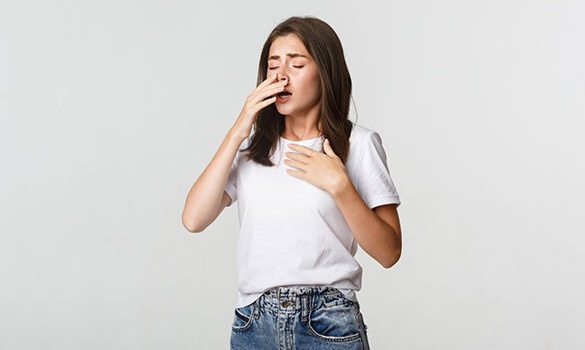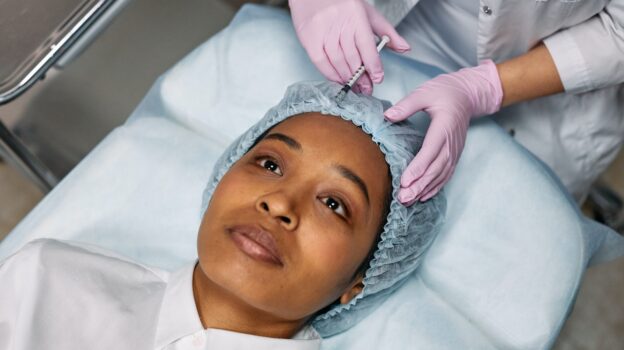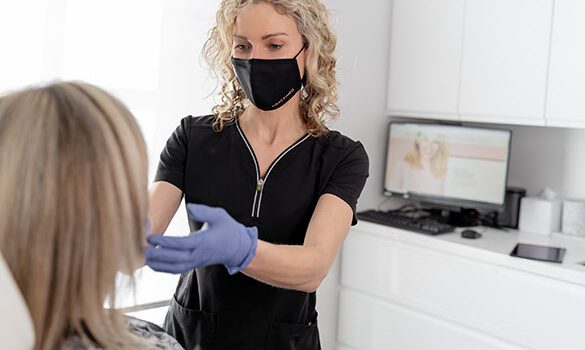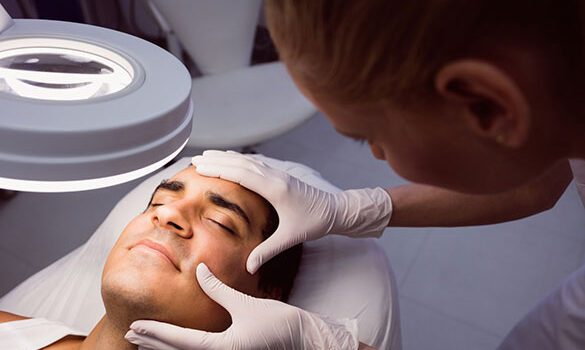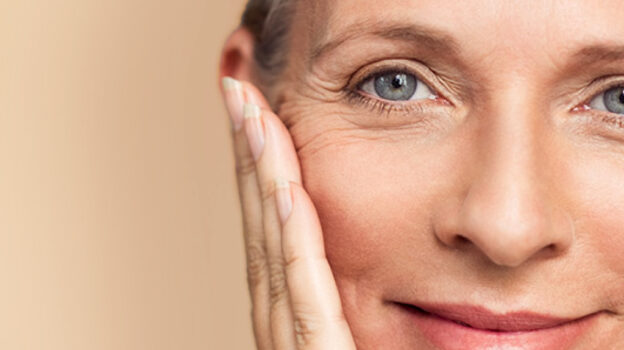Many different face surgeries and treatments can improve your skin, allowing you to flaunt your youthful look in the summer, but it’s essential to protect your skin from the sun. Protecting your skin from the sun is essential all year round, but it is particularly important in the summer as the UV intensity tends to be highest during the summer months as the sun’s angle varies with the season.
Excessive sun exposure can cause permanent damage to your plastic surgery results and reduce the treatment’s effectiveness. Some common side effects from sun exposure post-surgery include burning, swelling, scarring, and inflammation.
When you visit any of the GraceMed plastic surgery clinics, you’ll be provided with post-operative guidelines that will remind you to avoid sun exposure after the procedure. Taking measures to protect your skin from the sun after treatment will ensure optimal results and reduce the risk of complications. Learn more about sun exposure after plastic surgery to stay informed about the dos and don’ts after a procedure.
Effects of Sun Exposure After Plastic Surgery
It’s essential to be cautious of how much sun exposure your skin receives after plastic surgery, as it can affect your skin in a few ways.
Collagen Reduction
Collagen is a protein that the body procedures, and it plays a critical role in the structure of your skin, contributing to your skin’s elasticity. It can also play an important role in the healing process after plastic surgery.
Ultraviolet (UV) rays from the sun can break down collagen, a crucial component supporting firm and healthy skin. Sun exposure can degrade elastin fibres by shortening them or damaging the protein through modification of aspartic acid residues, calcium and lipid accumulation, and glucose-mediated crosslinking. When the sun disrupts the collagen, your skin cannot effectively heal from plastic surgery.
Discolouration
Early sun exposure after a plastic surgery procedure can result in spotty or discoloured pigmentation, depending on the type of treatment. The skin is especially vulnerable to photodamage and discolouration in the form of sunspots after cosmetic facial treatment. This could result in cellular damage in your skin, which can be challenging to remove and could influence your treatment results.
Aging Signs
The sun’s intense rays can damage your skin’s cells and outer layer. Your skin is likely to be more vulnerable and fragile after plastic surgery, which can adversely affect your procedure’s results. You could notice that the cosmetic treatment isn’t producing the results you expected, and you may also develop wrinkles, deep lines, and age spots, which indicates that the sun has done profound damage to your skin.
If you’re unsure when it might be okay to resume normal activities under the sun, speak to a specialist at GraceMed’s Toronto plastic surgery clinic to receive a detailed post-operative guideline.
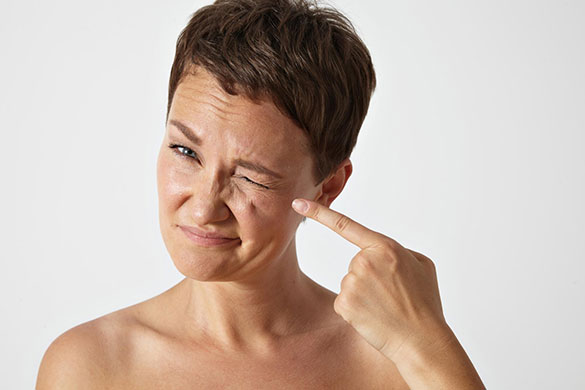
Swelling & Inflammation
Some swelling and inflammation are normal after plastic surgery, but early sun exposure can aggravate the swelling, resulting in discomfort or pain. The sun’s heat may also increase inflammation, which can look and feel odd. Inflammation or trauma to the treated area due to the sun’s rays can boost the production of pigment in the skin, which can lead to dark scars.
Scarring
Fresh wounds are highly vulnerable to ultraviolet (UV) light from the sun and can quickly burn and create scarring. Your skin’s tissue will be actively repairing itself and healing after plastic surgery and will encompass two separate processes: regeneration and replacement. However, sun exposure can lead to post-inflammatory hyperpigmentation or hypopigmentation (lightening of the skin), leading to prominent scarring that could last for a long time.
Burning
The skin around your surgical site is susceptible after a cosmetic procedure. Sun exposure can burn the skin and lead to redness, scars, or discomfort. The tissue in your skin is more prone to sunburn after treatment, so you could be negatively impacting your treatment results by exposing it to the sun.
How Sun Exposure Affects Different Procedures
It’s essential to learn the impacts of sun exposure on different cosmetic procedures to ensure you can make informed decisions when planning your summer activities.
Rhinoplasty
Swelling is common for the first few days after rhinoplasty. However, sun exposure can result in excessive swelling, which can be uncomfortable, and could lead to scarring. Exposing your surgical site may also alter the pigmentation of your skin and darken your scars, which could become permanent or take a long time to fade.
When you get a nose job in Toronto or any other GraceMed clinic, our surgeons will provide you with a guideline to follow after your surgery. They may recommend ways to reduce post-operative swelling, which can assist your healing process and reduce discomfort. It’s crucial that you follow those guidelines to speed up your recovery and enhance your results.
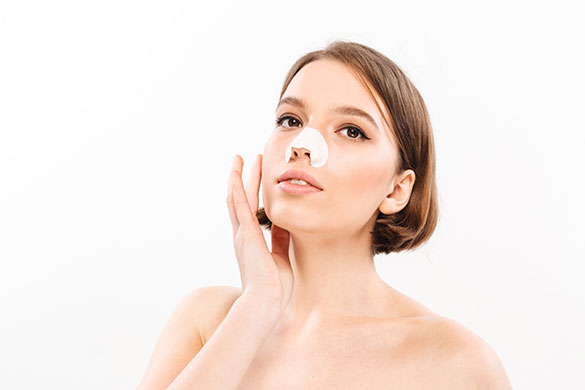
Facelift
When your facial skin is healing from facelift surgery, it’s important to keep your face protected from the sun, as sun exposure increases the risk of inflammation and skin irritation. GraceMed’s Toronto facelift surgery specialists can help you determine the right time to resume normal activities under the sun when they provide you with post-operative guidelines.
It’s important that you avoid the sun for a while, as your skin will need time to heal from the facelift. Sun exposure without sufficient protection can create noticeable scars and discoloration around incision sites. Removing these scars and discoloration can be challenging and costly. The sun’s heat may also lead to inflammation, which can be uncomfortable and require an unexpected doctor’s visit.
If you must go under the sun after your facelift surgery, use a broad-spectrum sunscreen and cover yourself with a wide-brimmed hat. Reducing your risk of direct sun exposure will help your skin heal seamlessly.
Brow Lift
An endoscopic brow lift, also known as a forehead lift, can correct drooping eyebrows and soften worried expressions on the forehead resulting from frown lines. But, exposing the area to the sun immediately after your surgery can impact its results.
Similar to many other facial surgeries, sun exposure can damage your results if you’re not careful about sun protection. It’s important to avoid sun exposure after a brow lift as sun exposure can increase inflammation and skin irritation, which can result in noticeable scars. Try to avoid direct sunlight for a few days and when you go under the sun, wear sunscreen with at least SPF 30 and a large hat that stops the sun from shining on your forehead.
Blepharoplasty
The eyes are one of the first areas where aging signs become prevalent. It’s important to always keep the eye area protected along with other parts of your face. However, it is particularly crucial to minimize sun exposure after blepharoplasty surgery as the heat may cause discomfort, swelling at the incision site, and slow healing.
The sun’s rays can alter the pigmentation of the skin, causing a displeasing discolouration or a darkening of the scars, which can be challenging to remove. Try to avoid sun exposure completely for at least a week or two after your surgery. When you go under the sun, protect your eyes by wearing sunglasses and a hat and limiting direct contact with the sun.
Long-term sun exposure can damage the eyes as UV radiation may alter the colour of the eyelid and create wrinkles or dark spots. Exposure to UV rays can also cause more profound damage called photokeratitis, a painful and temporary eye condition called photokeratitis. It can temporarily damage your cornea and the conjunctiva caused by UV rays from the sun.

Chemical Peel
Chemical peels are highly vulnerable to sun damage, regardless of the type of peel applied. If you spend time under the sun after a chemical peel, you may end up with a severe sunburn that can leave unsightly white blotches on your skin or scars that may not fade for a long time.
You should avoid the sun for at least a week or two after treatment, and if you can’t, you must wear a broad-spectrum sunscreen and re-apply it every two hours when you’re under the sun. It’s important to remember that your skin will be sensitive after a chemical peel, so be cautious of the ingredients in your sunscreen and try to choose something free from harsh chemicals to avoid complications.
When you get a chemical peel in Toronto or any of GraceMed’s other clinics offering the service, our specialists can help you choose a suitable sunscreen. They can inform you about the ingredients to avoid, allowing you to purchase a sunscreen that’s better suited for your treated skin.
Neck Lift
Like all other plastic surgery procedures, avoiding the sun after a neck lift is essential to avoid complications and maintain your surgery results. The sun rays can change the pigmentation of the skin, which can cause discolouration or darkening of scars.
Sun exposure can also aggravate the swelling on the treated area, leading to pain or discomfort. Ordinary sun exposure isn’t harmful when you wear sunscreen, but it’s important to avoid excessive sun exposure after a neck lift to avoid complications.
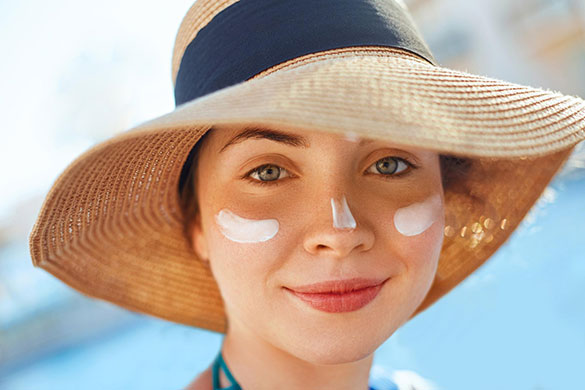
Use Protective Gear
Wearing protective gear when you expose your skin to the sun after plastic surgery will ensure that the sun’s rays don’t directly come in contact with your surgical site. You can use a range of protective gear, such as hats, sunglasses, and umbrellas, to avoid the sun.
Avoid the Sun at Specific Times
Keep an eye on the UV Index to ensure sun safety. The UX Index was developed to help Canadians protect themselves from the sun’s damaging UV rays. The UV Index ranges from zero to 11+ in Canada, and the stronger the sun’s rays, the greater sun safety precautions you need to take. It’s important to protect your skin as much as possible when the UV Index is three or higher, especially after plastic surgery.
The UV Index in Canada can be three or higher in Canada between 11 am and 3 pm between April and September. Try to avoid the sun during these times and if you must go under the sun, wear sunscreen, seek shade, and wear a hat.
Sun Exposure & Your Skin After Plastic Surgery
Understanding the value of keeping your skin safe after a plastic surgery procedure is the first step to achieving your desired results. It can be challenging to avoid the sun in the summer, but it is a necessary step you must take for a limited time after your treatment. Being cautious of how much time you spend under the sun after your procedure and taking measures to protect your skin will help you preserve your results and reduce your risk of complications.






